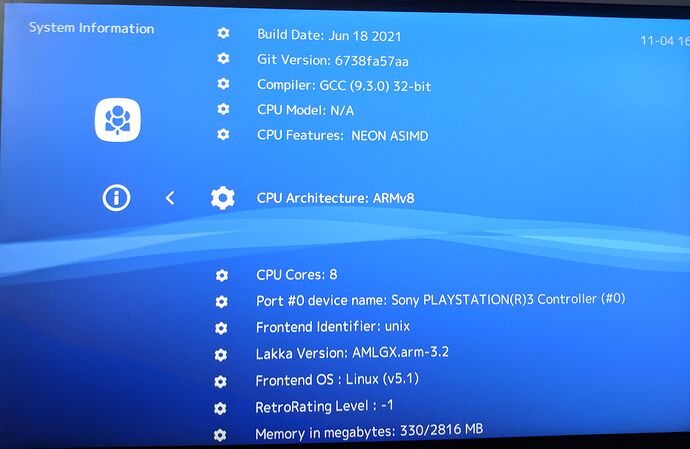Current state of Mainline 5.x kernel as of version 5.11
Basic hardware support is fairly good. There are still some missing / unfinished things, a number of devices don’t currently have device trees, or don’t have device tree entries for all the included components.
GPU support is good enough for kodi’s needs when using the 5.11 kernel and a recent mesa 21.1.0-devel version. While it doesn’t have the performance of the Mali binary blobs from arm, and is still missing some features. This is at the point of being more then enough to keep the kodi GUI feeling snappy.
Audio still needs some work for more advanced features/formats, and the headphone jacks, I2S DACs, SPDIF on many devices are not currently configured, or maybe missing stuff to make work. Dropouts and other issues also occasionally happen.
HDMI support has the basics in place, there is still some missing features that some users would miss and the odd bug. HDR is not currently supported.
Video Playback is very much a weak point with this kernel. While there is the start of support for the hardware video decoder, it doesn’t work so great, is not reliable, and only a few codecs are currently supported(pretty much h264). It also can’t handle some of the odd quirks that are found in a lot of actual content people use. 10bit, HDR, are all not an option. There are also currently some audio/video sync issues, seeking doesn’t work, and a lot of encoding artifacts get shown. Video playback is also not always repeatable, in the sense that some files won’t play after some other files are played.
CEC, I have no idea about the status of CEC. I don’t have any devices that support it, and would probably avoid using it if I did.
DVB, there is more external DVB adapters supported, however there is no support for most of the internal DVB that Amlogic devices tend to have. Not that this makes much difference until the hardware decoders are working.
WiFi/Bluetooth, some devices have a bit of a win here due to newer drivers, however other are at a loss since there is not support for all the same WiFi/Bluetooth chipsets in the mainline kernel as there was with the 4.9 vendor kernel.
This is not everything and is a little light of technical details, but I think that covers most of what people would be interested in, and some of the reasons the CoreELEC developers feel that the mainline kernel is still not an option for making releases with.
 )
)
